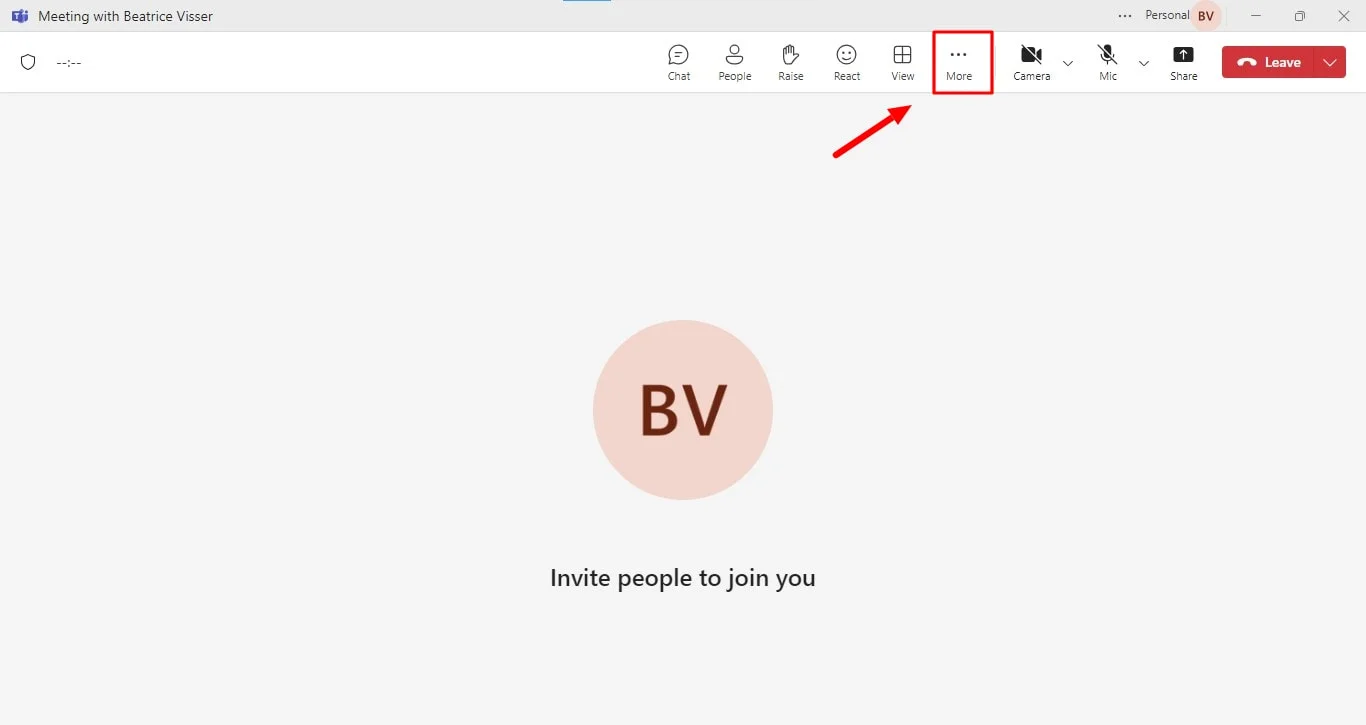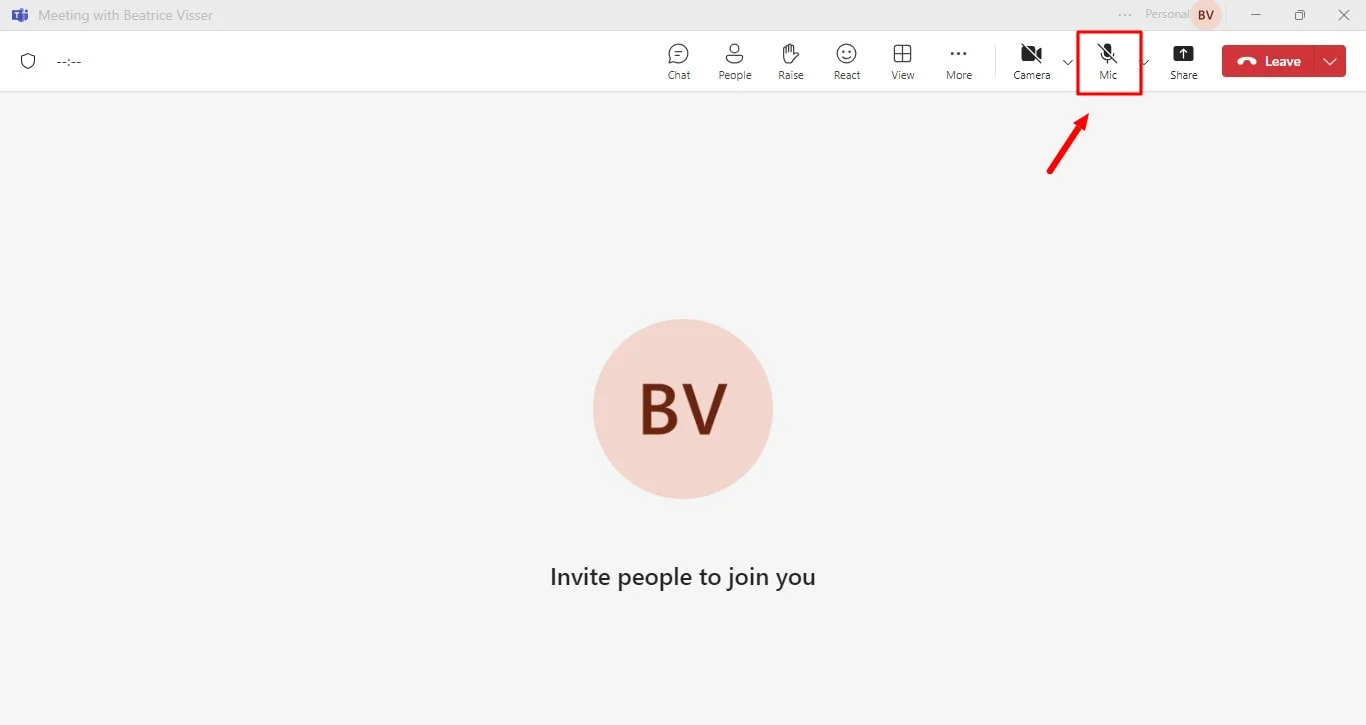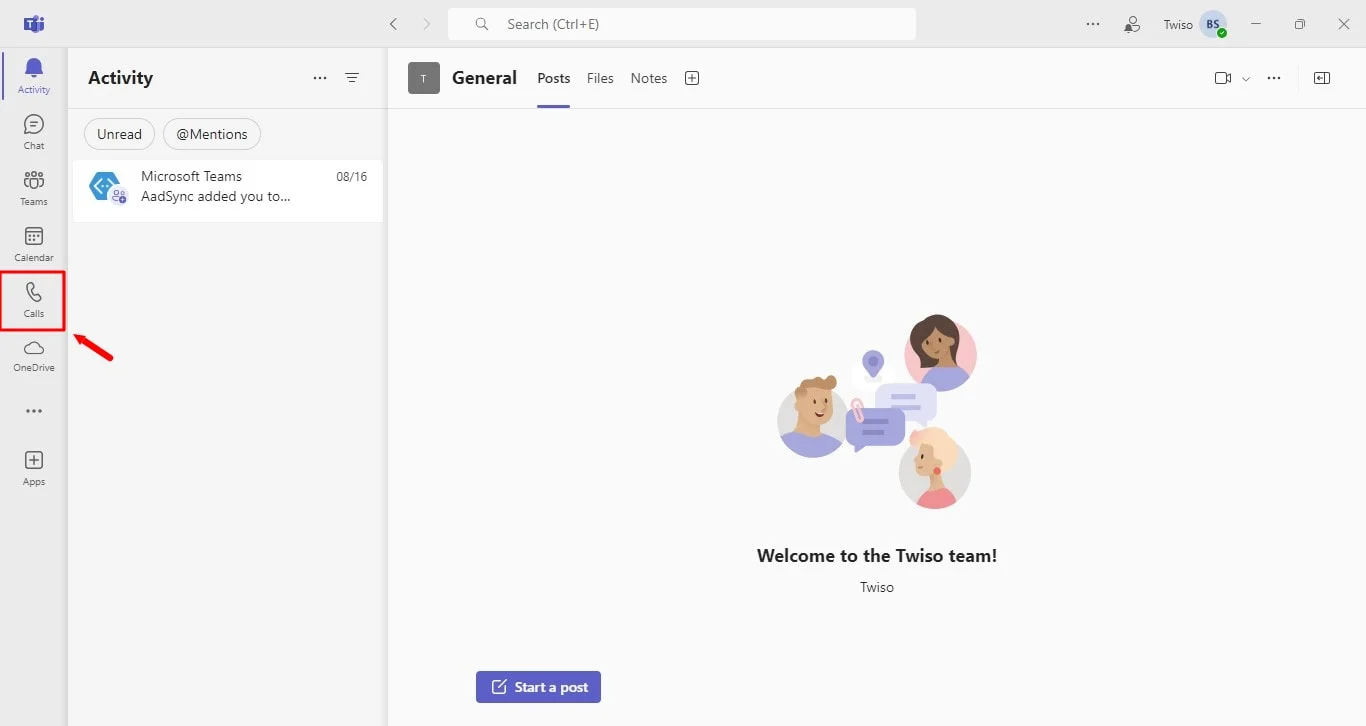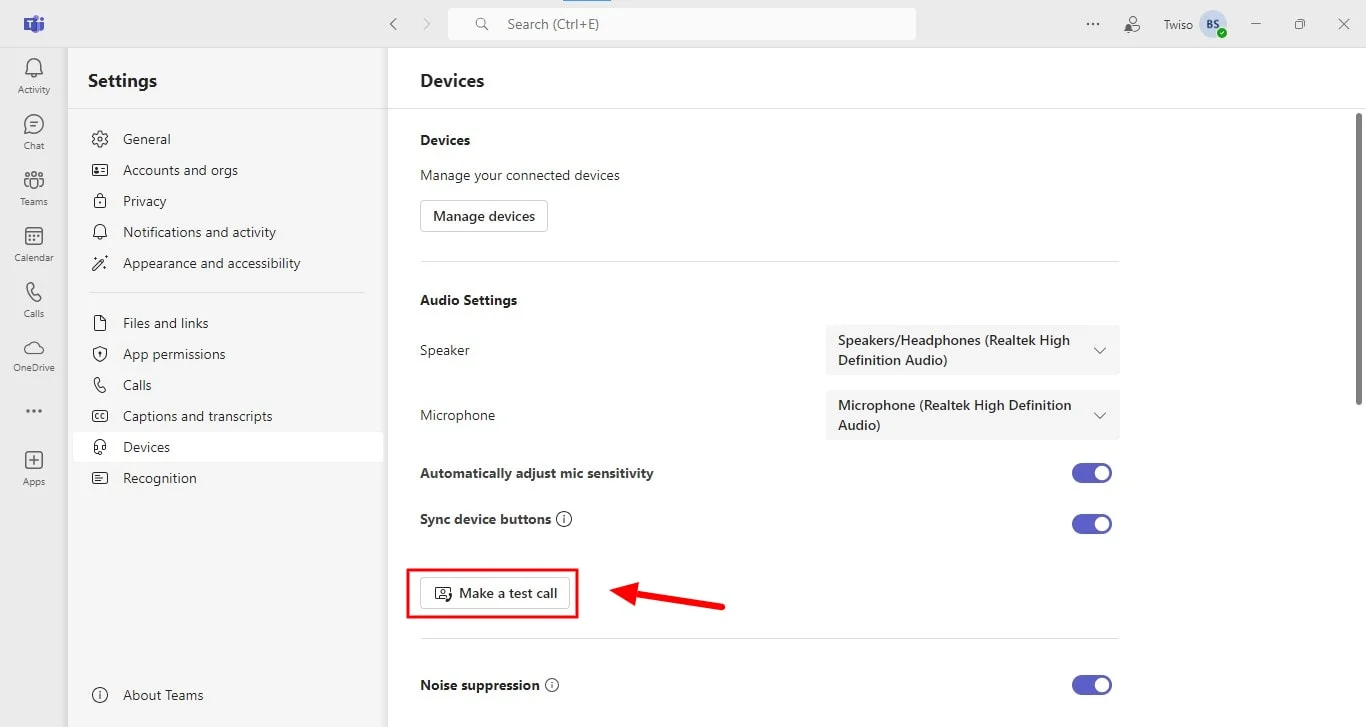
Microsoft Teams audio issues can be very frustrating. Whether you can't hear others or they can't hear you, these problems can disrupt crucial meetings and collaborations. This guide offers practical solutions to common audio challenges, from microphone malfunctions and echo problems to device compatibility issues.
Discover step-by-step troubleshooting tips, expert advice, and easy-to-follow instructions to restore crystal-clear audio in your Teams calls. Reclaim your productivity and enhance your meeting experience with our comprehensive guide.
Reasons For Your Microsoft Teams Meeting Audio Not Working
If you're having trouble with audio during your Microsoft Teams meetings, several factors could be the same problem at play. Understanding these potential issues is the first step toward resolving them. In the following sections, we’ll explore common reasons for audio problems, such as device audio settings, permissions, and software conflicts, to help you troubleshoot and restore clear communication in your meetings.
1. Ensure the volume on your device is properly set
It may seem simple, but it's crucial to double-check the volume level on your phone or PC. Press the Volume Up button on your device's mic, to make sure it's not muted. If you're using headphones with built-in audio controls or a mute switch, be sure to check those as well.
2. Check if another audio device is connected
If you're having trouble with your microphone in Teams, it might be due to multiple audio devices connected to your computer. To fix this, go to your meeting controls and right click the three dots.

Select 'audio settings.'

Here, you can choose your device manager preferred speaker and microphone. If you have multiple options, try using different devices to see if the issue persists. This will help determine if the problem lies with your hardware or the Teams app.

3. Make sure you are unmuted
If you’re unable to unmute yourself in a Microsoft Teams meeting, check if the microphone icon is crossed out. This indicates you've been muted, either by yourself or by the meeting organizer.

Microsoft recently introduced a 'Hard mute' feature, allowing meeting organizers to disable microphone controls for all participants. If you've been hard-muted, the unmute option will be grayed out until the organizer gives you presenter permissions.
If your microphone isn’t working in Microsoft Teams, check for physical mute buttons on your keyboard or headset. Some devices have dedicated mute switches. Additionally, verify that the microphone icon in your Teams settings isn’t crossed out. If the speaker icon has an X, your audio output might be muted, which could affect microphone input.
4. Update Microsoft Teams
Regular updates are crucial for maintaining optimal performance and addressing known issues within any application. Outdated software and outdated drivers can often be the cause for various technical problems, including audio difficulties. To ensure your Microsoft Teams app is functioning at its best, it's essential to keep it updated with the latest version.
To check for available updates:
- Access your profile picture within the Teams application.
- Look for the option labeled "Check for updates."
- Click on this option to initiate the update process.
5. Try a test call
Microsoft Teams lets you test both your speakers and microphone directly from the desktop client. To make a test call, go to "calls" on the left hand side of Teams
and go to PC Mic and Speakers at the bottom of the screen

then click on Device Settings.

Select ‘Make a test call’ under Audio devices.

During the test call, Teams connects to a bot using the selected devices. You'll record a few words, which the bot will then play back. Pay attention to if your speakers produce sound, if Teams can detect audio from your microphone, and if the sound quality is good. This test provides a realistic view of how your audio is heard in a Teams meeting.
6. Choose the correct audio settings
If you're experiencing microphone issues in Microsoft Teams, it's possible that the application isn't using the correct audio device. This can occur when multiple devices are connected to your system. To rectify this:
- Access device settings: During a Teams meeting, locate the three-dot menu within the meeting controls. Click on this to reveal additional options. From here, select " audio settings."
- Select preferred devices: In the Audio Device section, you'll find dropdown menus for both your speaker and microphone. Carefully select microphone you prefer to use in the sound settings. Ensure that your desired microphone is selected as the primary input device.
- Test audio: Once you've made your selections, initiate a call or continue the meeting to verify if your microphone is now functioning correctly.
If the problem persists after switching audio devices, it's likely that there's an underlying issue, either with your hardware or the Teams application itself. To isolate the problem to correct device, systematically switch between different speakers and microphones. If the issue remains consistent across multiple devices, it's more probable that the root cause lies within the Teams software.
7. Grant media permissions in the Teams app
Teams requires access to your computer's media devices (camera, speakers and mic) to function correctly. You will need to grant permissions in Microsoft Edge as well as Google Chrome if you do not have the app. You can verify and adjust these permissions within the Teams desktop app itself.
To do this:
- Click on your profile picture in the top right corner of Teams.
- Select "Settings" from the dropdown menu.
- Navigate to the "Permissions" section.
- Make sure click switch next to "Media (Camera, microphone, speakers)" is turned on.
Conclusion
Resolving Microsoft Teams audio issues often involves a combination of troubleshooting steps like the above solutions. By systematically checking your microphone, audio settings, internet connection, and software updates, you can identify and rectify the problem. For a seamless and reliable audio experience, consider using Bluedot.
This powerful tool goes beyond transcription; it records your entire Teams meeting, including shared screens, generates detailed transcripts, creates auto-generated emails, offers customizable meeting templates, and securely stores your recordings. Whether you need to revisit key points, share meeting summaries, or simply have a reliable backup, Bluedot is your ultimate meeting companion.

%201.svg)
